One of the first things many new arrivals to Australia want to do is get behind the wheel—whether it’s to get to work, drop the kids at school, or explore the country. But driving in Australia comes with its own set of rules, and depending on where you’re from, you may need to convert your overseas licence. Getting your Australian driver’s licence is an important step in settling in and ensuring you’re driving legally.
Here’s a step-by-step guide to help you understand the licence conversion process, testing requirements, and key rules across different Australian states and territories.
Step 1: Understand State and Territory Requirements
Licensing in Australia is managed state by state, which means requirements vary slightly depending on where you live. You’ll need to check the rules with the local road authority in your state or territory:
Queensland: Transport and Main Roads (TMR) https://www.tmr.qld.gov.au/licensing
New South Wales: Service NSW https://www.service.nsw.gov.au/services/driver-and-rider-licences
Victoria: VicRoads https://www.vicroads.vic.gov.au/licences
South Australia: Service SA https://www.sa.gov.au/topics/driving-and-transport/licences
Western Australia: Department of Transport WA https://www.transport.wa.gov.au/licensing/drivers-licence
Tasmania: Service Tasmania https://www.service.tas.gov.au/services/transport/driver-and-rider-licences/convert-an-overseas-driver-licence
ACT: Access Canberra https://www.accesscanberra.act.gov.au/driving-transport-and-parking/licences
Northern Territory: MVR NT https://nt.gov.au/driving/licence/getting-an-nt-licence/get-your-driver-licence#:~:text=If%20you’re%20a%20Northern,your%20identity%20and%20NT%20residency.
Step 2: Can You Drive on Your Overseas Licence?
If you’re a temporary visa holder, you can generally drive in Australia on a current, valid overseas licence for the same class of vehicle. However, the licence must be in English or accompanied by an approved English translation or International Driving Permit (IDP).
If you’re a permanent resident, getting your Australian driver’s licence is essential, and you’re usually required to convert your licence within three months of moving.
Step 3: Licence Recognition and Exemptions
Some countries are considered “recognised,” meaning their drivers may not need to sit theory or practical driving tests when getting their Australian driver’s licence. These typically include countries like the UK, Canada, Germany, Singapore, and New Zealand.
If your country is not on the recognised list, you’ll likely need to pass:
- A knowledge (theory) test
- An eyesight test
- A practical driving test
Even experienced drivers may need to show competency through testing depending on the state and your licence history.
Step 4: Book a Driving Test (If Required)
To book a driving test:
- Gather your documents – overseas licence, ID, proof of address, and visa status.
- Take the driver knowledge test online or in person (some states allow translated versions).
- Pass a practical driving test (if required).
- Pay the licence conversion fees.
You may be issued a provisional licence or a full unrestricted licence depending on your age, experience, and country of origin.
Step 5: Learn the Australian Road Rules
In Australia, we drive on the left side of the road and use metric speed limits (km/h). Roundabouts, pedestrian crossings, mobile phone laws, and seatbelt regulations are strictly enforced.
Some notable rules to keep in mind:
- Always give way to the right at roundabouts.
- Speed cameras and drink-driving laws are strictly monitored.
- You must carry your licence while driving.
Need Help Settling In?
Getting your licence is just one part of settling into life in Australia. At Australian Visa Advice, we help immigrant families navigate the practical side of migration, including documentation and other services.
Ready to make your move easier? Contact us today for expert guidance tailored to your journey.

